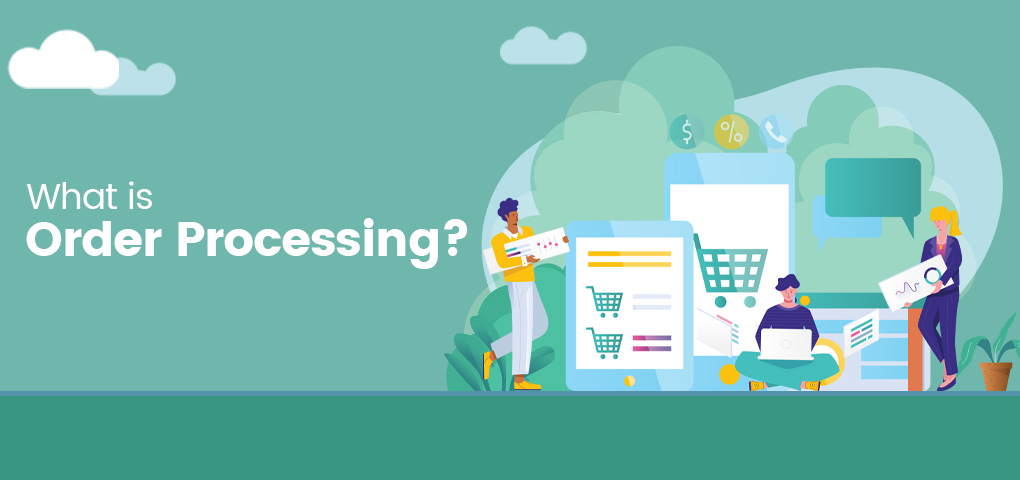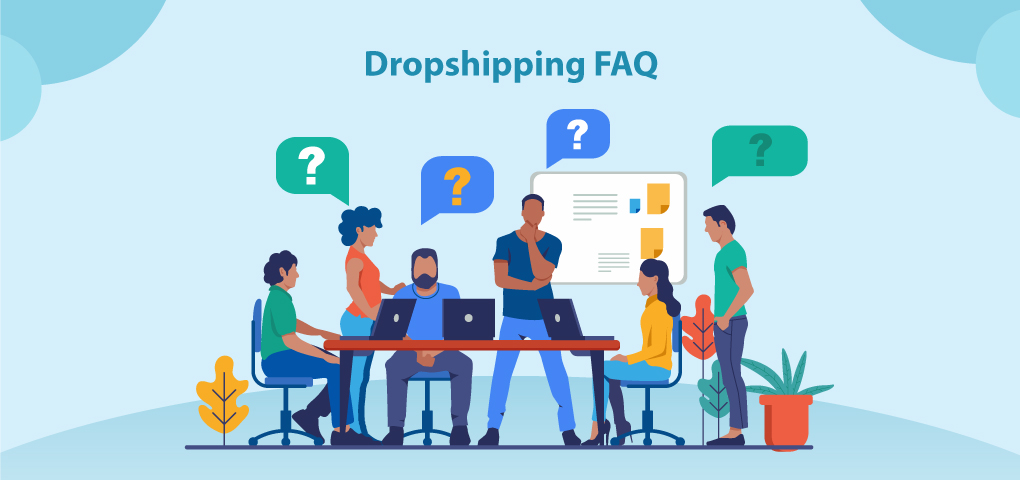Customer satisfaction is crucial in any business and one major way to go about it is through order processing. Without order processing, your business cannot operate smoothly and you cannot retain happy customers. With order processing, you can retain happy customers and also save a lot of time, money, and resources. If you have not yet developed a proper order processing guideline, then this article is for you. In this article, you can learn everything about order processing including order processing meaning, the types of order processing, and the best order processing practices.
Customers are the backbone of any business; without them, the supply chain isn’t complete. Many businesses have lost customers to the competition due to their inability to offer quality service. Order processing systems can provide an effective means of capturing, tracking, and shipping customers' orders. For international brands, order processing systems can help to track and facilitate international orders, process shipments and returns for a vast array of products.
What Is Order Processing? Definition
By definition, order processing is a work procedure or service that encapsulates the entire order process, from capturing orders, storing customer information, packaging the item, and distributing the packed goods via a courier service until it gets to the consumer.
What does it mean when an order is processing? In simple terms, an order of "Processing" means that an order, initiated by a customer, has been logged into the system and then sent to the vendor who then processes the order. The order will remain as "Processing" until shipment details and tracking information is sent to the customer. Order processing systems are put in place to automate the entire process. They provide tracking data on orders and inventory every step of the way.
What Does Order Processing Mean?
Customer satisfaction is non-negotiable in any business. If you want to achieve long-term success in your industry, then you must fulfill customer orders reliably and accurately. Through automated order processing systems, you can ensure that your customers’ orders are filled on time, enhancing customers’ experience in return. It can also reduce errors and increase productivity.
Order processing as a successive sequence involves:
1. Picking: taking and collecting articles in a specified quantity before shipment to satisfy the customer’s orders.
2. Sorting: involves separating items according to destination.
3. Package formation: includes weighting, labeling, and packing.
4. Consolidation: gathering packages into loading units for transportation, control, and bill of lading.
Types Of Order Processing Systems
There are two major types of order processing systems: traditional order processing systems and modern order processing systems.
Traditional order processing systems are the ancient way of processing orders. It involves utilizing a pen and paper to write and file orders. This method is gradually becoming obsolete as it can easily make room for a ton of mistakes.
Modern order processing systems use technology to automate order processing. This makes order processing error-free, fast, and efficient. Consider a Gucci store accepting orders online from different parts of the world. How does the new order procession work? These orders are received by a diversified order processing software package and sent automatically to a minor-party producer in another country. The receiver will attach the order details to the product and ship it to the closest Gucci store or alternatively, ship the item directly to the customer using the shipping details obtained from the system. This is simplicity at its peak.
Tips For Order Processing
Here are a few tips to keep in mind when processing orders:
1. Don’t accept order forms with incomplete information
Accepting incompletely filled order forms will elongate the delivery time. Ensure that your system is set up in a way that the incompletely filled order form is returned before it is processed.
2. Confirm the order with the customer
The order confirmation is crucial to any business. Confirming an order signifies that the order forms are received and about to be processed. Make sure you send them an email that includes the order details. Also, drop your contact information so they can reach you via telephone or email in the event of any problems or inquiries.
3. Use a standard order-taking form
Make sure to use only one standard form to eliminate both internal and external confusion. A standard form should leave room for orders that contain different options including size, volume, material, etc. This way, your customer or client will easily fill out every detail needed to process the order.
4. Communicate the order status with your customers
Clear communication with customers is essential throughout the order process. Keep them informed about the status of their orders. Also forward the tracking numbers, courier service, and delivery date. If you envision any form of delay, then the best thing to do is to let them know immediately.
5. Distribute the filled out order form to respective departments
After collating order forms, you want to circulate them to the concerned department. It is important to carry every party along so that they know what action to perform next and how.
6. Request customer feedback
Satisfied buyers are returning buyers. They are also happy to give some feedback. Over 76% of consumers depend on customer feedback before they make a purchase decision. Ignoring this process will only set your business back to a great extent. Have your customer service representative call each customer/client after a successful transaction, letting them know that you value their sentiments and opinion. This way, you boost your company’s online presence and attract new customers.
Bonus Tip: The Dropshipping Business Model Ensures Speedy Order Processing
If you’re searching for an online golden business opportunity, you might have come across dropshipping. Quality goods and services can maintain good relationships between a business and its customer. Instead of purchasing an extensive inventory and thinking of how to sell them all, you can easily start a dropshipping business with zero inventories and immediately start making money. In the dropshipping business model, you can list new items anytime you want, and you can modify your plan on the inventory. This way, you eliminate the risk of going into debt to start your business.
One interesting thing about dropshipping is that it ensures fast order processing, especially when you deal with suppliers that have centrally located warehouses. For example, the SaleYee platform makes order processing fast, easy, and reliable. They automate everything just to ensure effective good-service delivery.
SaleYee.com boasts over 30, 000 profitable SKUs that you can import to your store with one click. With the SaleYee platform, you can purchase quality products at discounted prices, synchronize your orders, and allow SaleYee to process orders as fast as possible for your business. Orders are shipped within 48hours to any location, thanks to local warehouses situated throughout the world. Getting started with the SaleYee platform is completely free – no hidden charges, no restraining order process, no commission fee, and no listing fee.
Wrapping Up
It is important to follow the right lead when it comes to dropshipping or any online business. The purchase order process provides a convenient solution for securing, tracking, picking, packing, and shipping items for your company. How long does it take Amazon to process an order? 24hours. So, you see why Amazon is the largest eCommerce destination? While there are many dropshipping suppliers out there, you should make sure to choose the one that offers the best assistance for your dropshipping business.




